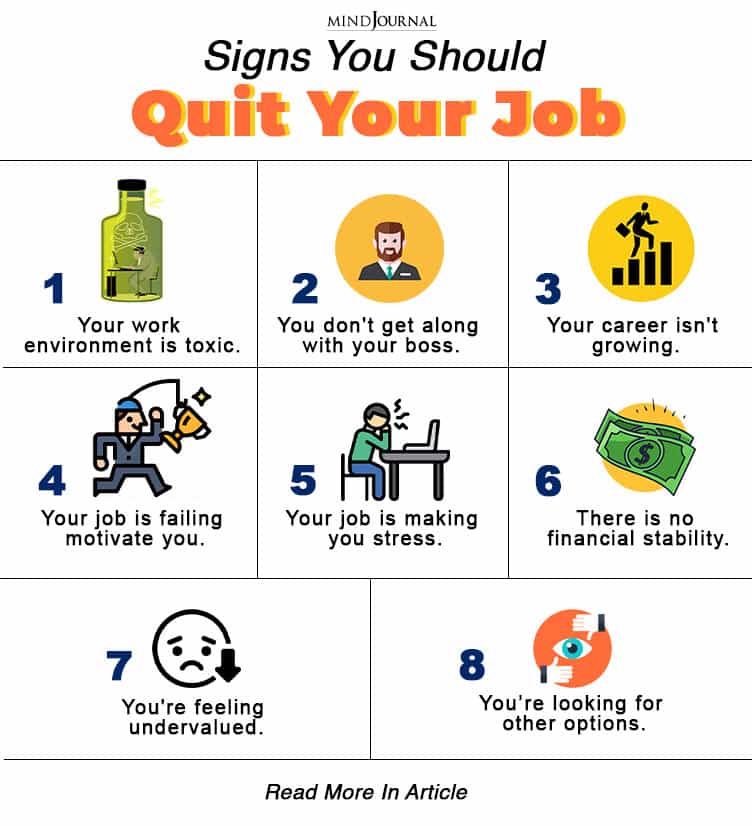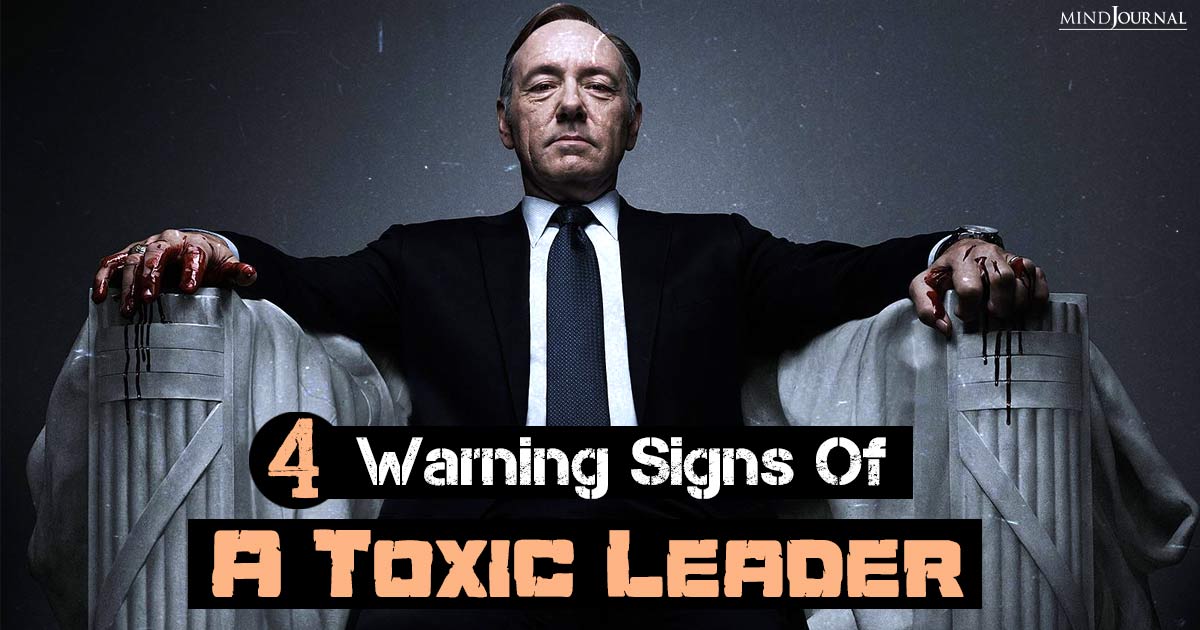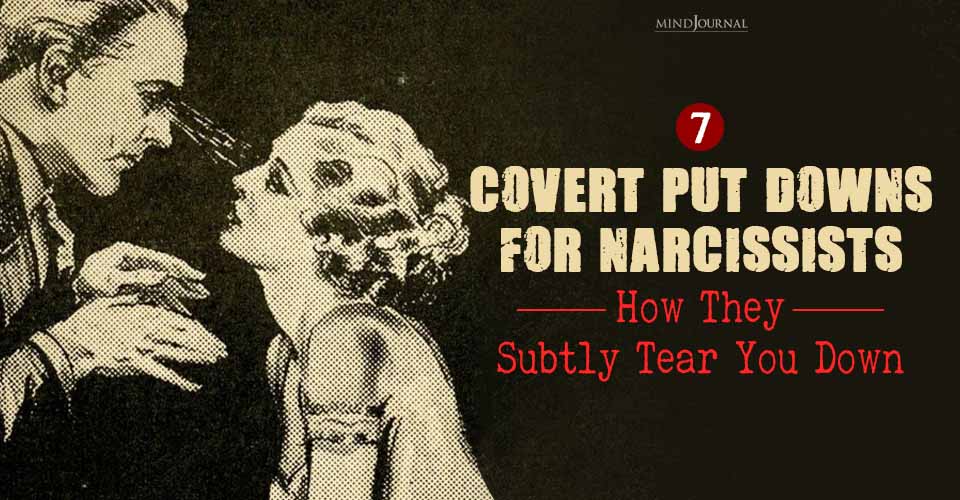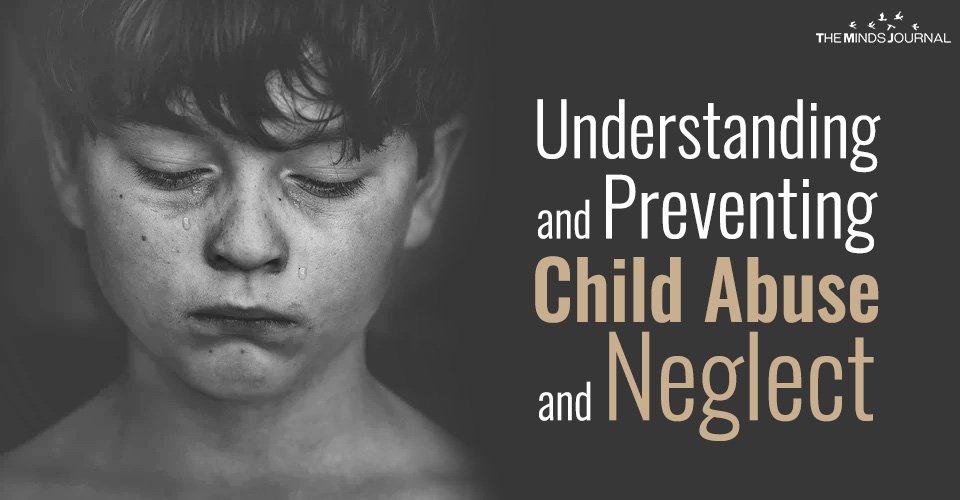Have you ever worked with a toxic boss or toxic leader? If you have, then you know how horrible and malicious they really are, and if you haven’t, then read on to know the signs of a toxic leader so that it’s easier for you to understand what you are dealing with.
KEY POINTS
- Poor, toxic leaders demand unquestioning loyalty and service to the leader.
- Bad leaders rule by a sense of fear, both of outsiders and of the leader’s wrath.
- Good leadership empowers followers, shows concern for them, and benefits the collective.
All too often, people fall prey to self-serving leaders, who exploit their followers for personal gain. In order to do so, they use a number of psychological tactics to manipulate people and gain power.
All leaders use power and persuasion in order to lead, and there’s nothing wrong with that. Followers are expected to comply with the leader’s requests, to show loyalty, and to work toward a shared goal or outcome.
As a result, leaders build commitment, and together with followers, are able to accomplish things.
Often, however, there is a fine line between a leader’s use of power in positive ways and the abuse of power. Toxic leaders use power to command and control, and they are more concerned about their own selfish needs and goals than about those of the collective.
In addition, truly insidious toxic leaders are well-versed in basic, psychological strategies that make it easy to control followers and get them to do the leader’s bidding.
Here are some warning signs of a toxic leader.
Related: Toxic Bosses Unmasked: 20 Warning Signs to Watch For
4 Warning Signs Of A Toxic Leader
1. They create “enemies.”
Human beings are especially prone to forming strong bonds with others who are similar and who are familiar, and they are wary of people who are different—those who are part of the “outgroup.”
This psychological phenomenon is known as in-group/out-group bias or the we-they effect.
It is this tendency that builds cohesiveness among team members, and, in organizations and teams, can lead to competitiveness with other organizations and teams. A good leader can harness this in order to motivate team members to “beat the competition.”
A toxic leader, on the other hand, exploits this and vilifies outgroup members as a way to build solidarity in their team of followers: “We are the good guys, they are the bad guys. We are right, they are wrong. They are a threat.”
It’s important to note that In-group/out-group bias is at the root of prejudice and discrimination.
We see in-group/out-group bias in politics when leaders use opposing groups as targeted scapegoats and portray them as evil (e.g., referring to opposing nations as “evil empires”). Differences are magnified, while similarities are ignored.
We see this in international struggles, in our increasingly partisan politics, in rival street gangs, and in our communities where leaders allow the “other guys” to be vilified, primarily to solidify their followers’ support.
This demonizing of outgroups, such as referring to them as “criminals” or “animals,” creates fear, but it can also bring out the worst in human nature—leading to attacks on outgroup members.

2. They demand unquestioning loyalty.
Toxic leaders require blind obedience from followers. Followers are not allowed to question the leader’s decisions, or motives, and anyone who objects or disagrees with the leader is threatened, punished, or ostracized.
3. They rule by fear.
The easiest way for a leader to gain the unquestioning, blind allegiance of followers is to create fear. This relates to the vilifying of outsiders (“They are dangerous.” “They are a threat to our way of life.”).
4. They promise protection.
Once fear is stoked, the toxic leader promises protection and emphasizes that the leader is the only one who can do this. This helps build followers’ total dependence on the leader.
Using these basic psychological principles, bad leaders can fairly easily get the unempowered and unsuspecting followers to unquestioningly do their bidding.
Related: Top 10 Bad Leadership Behaviors That Destroy Organisations
What Does Good Leadership Look Like?
Good leaders:
1. Unify and don’t divide.
Good leaders never create divisions in their constituents nor create an us-vs.-them effect.
2. Achieve results but limit collateral damage.
A good leader is effective, but never at the cost of hurting the well-being of followers or destroying the environment or the social structure. They don’t turn potential friends into foes.

3. Share the leadership with followers.
They work with followers, consulting with them, caring for them, and developing their shared leadership capacity.
References:
Lipman-Blumen, J. (2006). The allure of toxic leaders: Why we follow destructive bosses and corrupt politicians--and how we can survive them. Oxford University Press, USA.
Shamir, B. (1991). The charismatic relationship: Alternative explanations and predictions. The leadership quarterly, 2(2), 81-104.
Riggio, R.E. (1987). The charisma quotient. NY: Dodd Mead.
Written By Ronald Riggio
Originally Appeared On Psychology Today











Leave a Reply